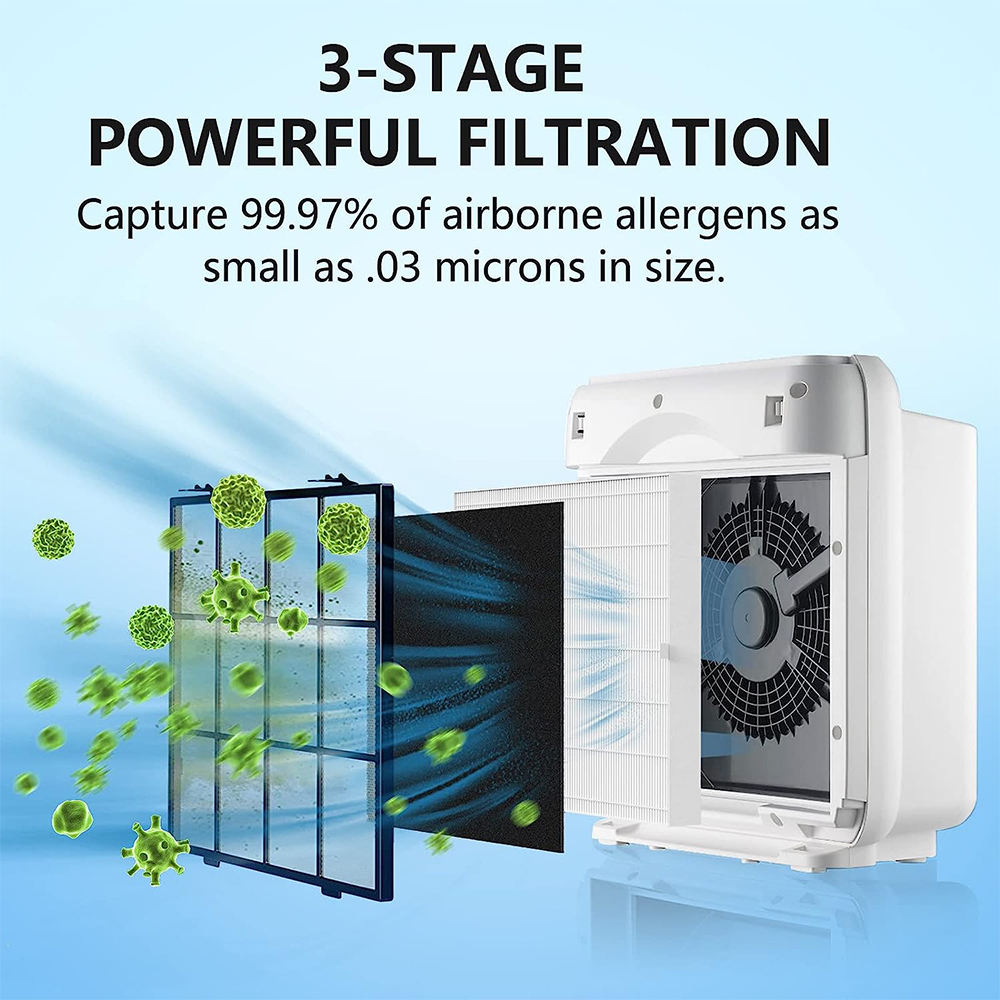Hot Keywords:
- All
- Product Name
- Product Keyword
- Product Model
- Product Summary
- Product Description
- Multi Field Search
Views: 4 Author: Site Editor Publish Time: 2019-06-27 Origin: Site









We tend to think of air pollution as an external event, but this is not always the case.Even in your home, there are things like dust mites and dust to worry about.This indoor air pollution can irritate the lungs and cause allergies and asthma.The problem is, if you're using a regular vacuum cleaner, you might just be "dusting again" : your vacuum traps some dust in a bag or cyclone filter, but lets the rest go straight into the room.If you suffer from asthma or other breathing difficulties, you may find HEPA(sometimes defined as "HEPA" or "high-energy particle interceptor") air purifiers (or vacuum cleaners with HEPA filters) well worth the investment.Let's see how they work.
How do hepa filters catch dust and dirt
The simplest kind of filter is a sieve: something with holes, big enough to trap some particles and small enough to let others through.Some vacuum cleaners do use this filter to block larger dust and dust particles -- but how do you catch smaller dust particles?You can make a good filter, or you can put several filters on top of one another, but in a vacuum cleaner, they clog up quickly and stop the machine from working.Not only that, you need a more powerful engine to push air through the machine, which USES more energy and costs more to run.
Hepa filters in vacuum cleaners usually use two completely different mechanisms to clean the air.First, there is one or more external filters that work like sieves to keep out larger dust, dust, and hair particles.Inside these filters, there is a concerto that looks like folded paper catching smaller particles.The paper is actually a mat made of very dense fiberglass, and unlike gauze, it doesn't filter out tiny dust particles as easily as a sieve.Instead, it USES three different mechanisms to capture dust particles passing through the flow of air.In high-speed air, some particles are caught when they hit the fiber directly, while others are caught when they try to brush past it.At lower air speeds, dust particles are more likely to wander randomly through filters (a process known as "Brown motion," after the Scottish botanist Robert Brown, who discovered it) and stick to fibers in the process.Taken together, these three mechanisms allow the HEPA filter to capture particles larger and smaller than the specific target size.
HEPA was originally developed by the nuclear industry to help clean up dangerous radioactive particles.Fortunately, most of us don't have to deal with these things -- but HEPA filtering is still very useful and important in factories and workplaces, especially in dust-producing environments.